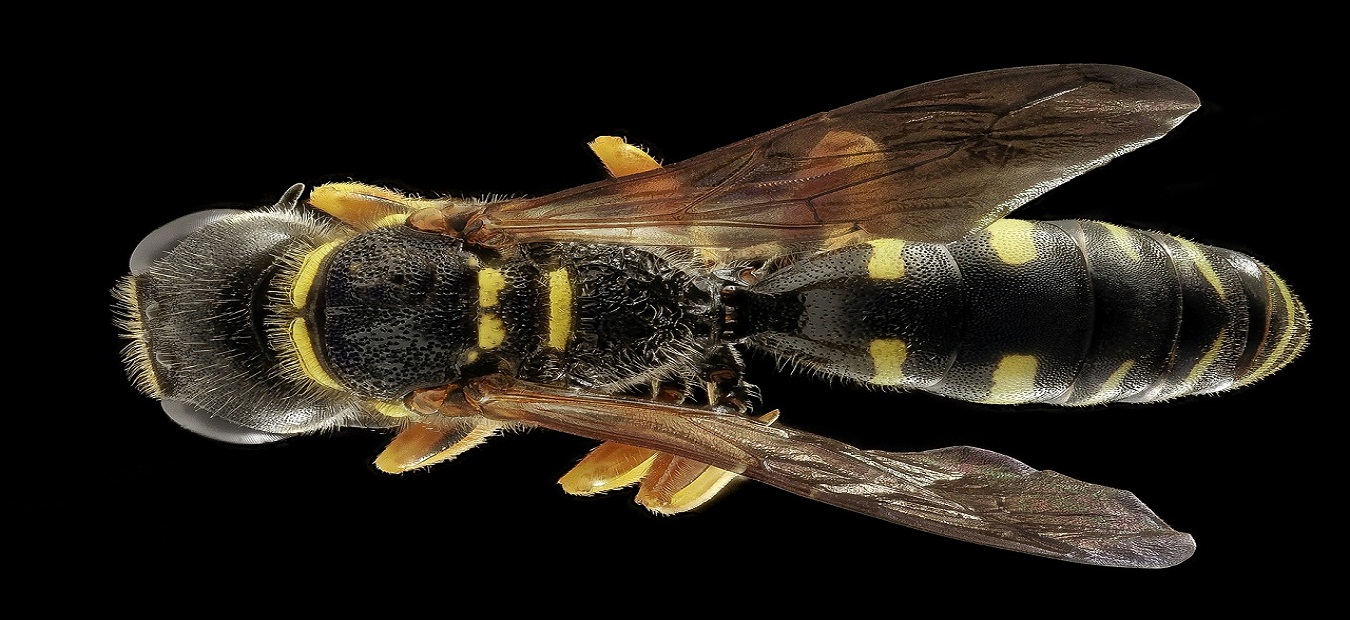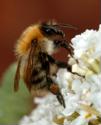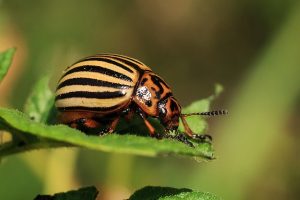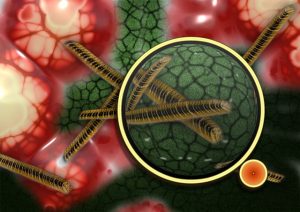I wanted to look for a bee removal company near me because I had an issue with bees on my property. They ended up building a nest in my back yard and I didn’t want my family and I to get stung. So, we hired a good company to help us out.
The first thing I did was search for bee removal companies in my area. I went to a search engine website and then I searched for bee removal in the name of my city. When I got results, I made note of the ones that were in my area and looked like they fit the bill. I made sure that I put together a list of more than one company so I could compare different services. Hiring someone at random is just not something I do when it comes to getting any kind of a service to help me.
The key for me was finding a bee removal company with the best reputation. I also wanted to work with a company that was able to do the work for a fair price. The first thing I did when I had the names of some companies written down was look up reviews on each of them. I tried to find more than one review on each of the bee removal services out there so I could learn more about what experiences people had with the company. Also, I called around and asked for pricing so I could learn what people were charging on average in my area for bee removal assistance.
Now you know how I found a bee removal company near me. It didn’t take too long for me to find what I needed in the world of bee removal. There are plenty of options and I hope that I have helped people to find good services with my advice.…



 Researchers from INTA have devised a new tool for the management of insects in fruit trees. The use of this natural enemy allows reducing the number of applications of insecticides.
Researchers from INTA have devised a new tool for the management of insects in fruit trees. The use of this natural enemy allows reducing the number of applications of insecticides.

 “In both cases, the technique of sexual confusion was used as a basic tool for the control of Carpocapsa ( Cydia pomonella, L. ),” he said. “The results obtained showed that both strategies were successful for the control of the pest and, in the future, their environmental impact will be evaluated,” he said.
“In both cases, the technique of sexual confusion was used as a basic tool for the control of Carpocapsa ( Cydia pomonella, L. ),” he said. “The results obtained showed that both strategies were successful for the control of the pest and, in the future, their environmental impact will be evaluated,” he said.